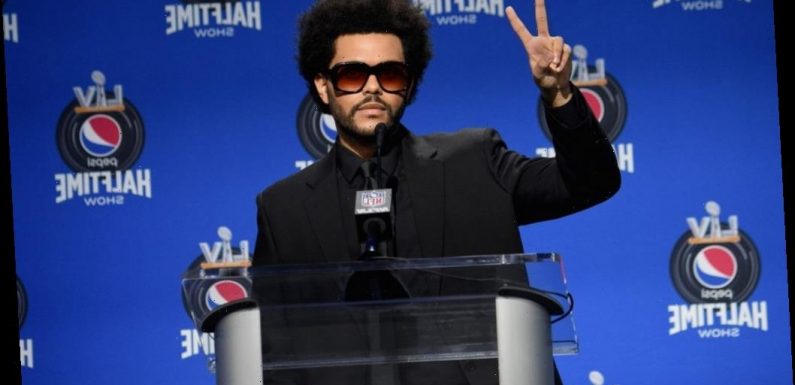
The Super Bowl Halftime Show tradition continues tonight at the 55th iteration of the Big Game (LV for all the Romans out there). This year, pop superstar The Weeknd is set to dazzle the pandemic-limited crowd during the break from the clash between the Kansas City Chiefs and the Tampa Bay Buccaneers.
The history of the Halftime Show
The Halftime Show is an institution as old as the Super Bowl itself, however, its history is a little bit more complicated. Pin-pointing the first single halftime performer isn’t as simple as rolling the clock back to Super Bowl I.
For the first few Super Bowls, the halftime entertainment was more in-line with college and high school football games, complete with marching bands and flag-twirling. Certainly a far cry from the extravagant pop star spectacles of the modern era.
At Super Bowl I, emanating from Los Angeles Memorial Coliseum, the halftime acts were the University of Arizona Symphonic Marching Band & Grambling State University Marching Band, and the Anaheim High School Ana-Hi-Steppers Drill Team and Flag Girls, all led by trumpet player Al Hirt. The setlist included pieces likes “The Sound of Music” and the William Tell Overture.
The first proper singing act wouldn’t grace the Super Bowl until the fourth annual game in 1970. At that Halftime Show, Broadway star Carol Channing and opera singer Marguerite Piazza shared the spotlight alongside some instrumentalists and the Southern University Marching Band.
The show would intermittently mix in singers of varying renown over the years, but marching bands would remain a part of the festivities for years, eventually falling off in the late 1990s. For the most part, this was because pop acts became the order of the day.
Another facet of the show that’s fallen away as pop stars have become the focal point is the theme of the show. For many years, every halftime performance would have a “theme,” usually a tribute to a major world event or a certain music genre. These have included celebrations of Motown and country music, as well as tie-ins to the 1992 Winter Olympics in Albertville, France, and America’s bicentennial celebration in 1976.
Perhaps the most bizarre theme came in 1995 when the Super Bowl Halftime Show incorporated elements from the Disneyland ride, “Indiana Jones and the Temple of the Forbidden Eye.” Patti Labelle, Tony Bennett, and the Miami Sound Machine performed at the show, but the proceedings were dominated by the Indian-temple-inspired set dressing. At one point, actors portraying Indy and Marion Ravenwood parachuted onto the stage and began fending off goons.
The evolution of the Halftime Show as we know it
The 1993 Super Bowl Halftime Show is largely credited for redefining the event and making it what we think of today. Michael Jackson headlined that year’s show in one of the first instances of the NFL bringing in a huge and relevant pop music act to generate buzz.
Over the years, while the show has often featured numerous guest stars, they are generally built around one major act. Artists like Katy Perry, Beyonce, Lady Gaga, and Bruno Mars have headlined some of the most-watched Halftime Shows of all time in recent years. Meanwhile, Prince’s show from 2007 is often hailed as one of the greatest ever alongside Jackson’s from 1993, including by the likes of Sporting News.
Source: Read Full Article
